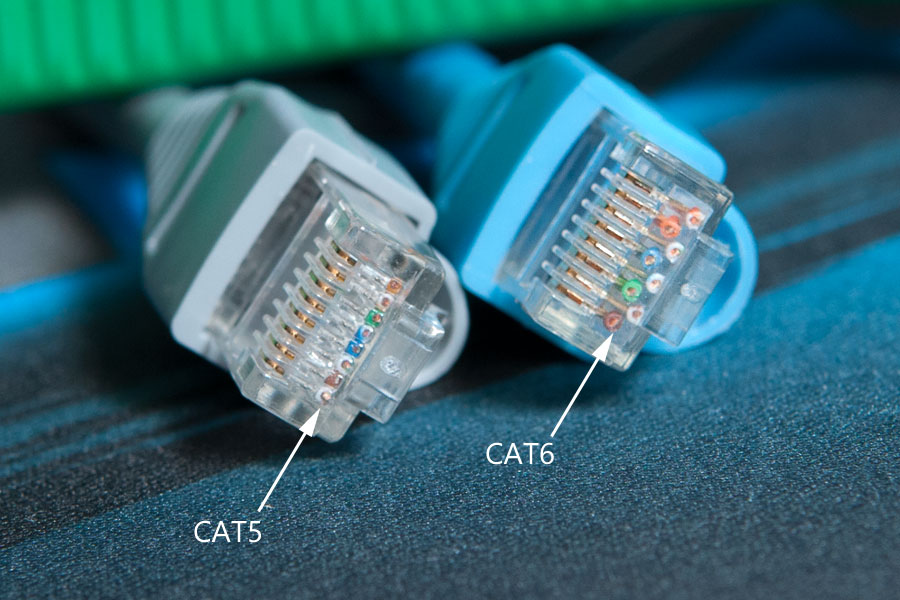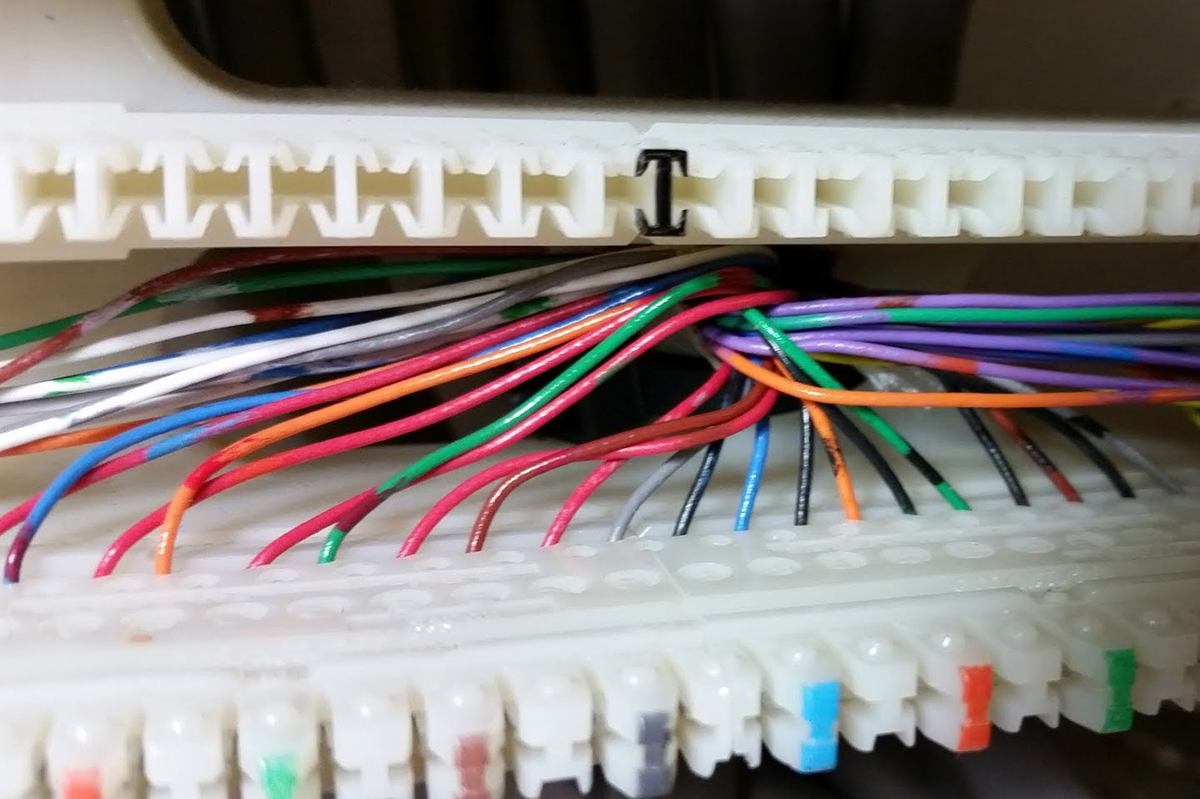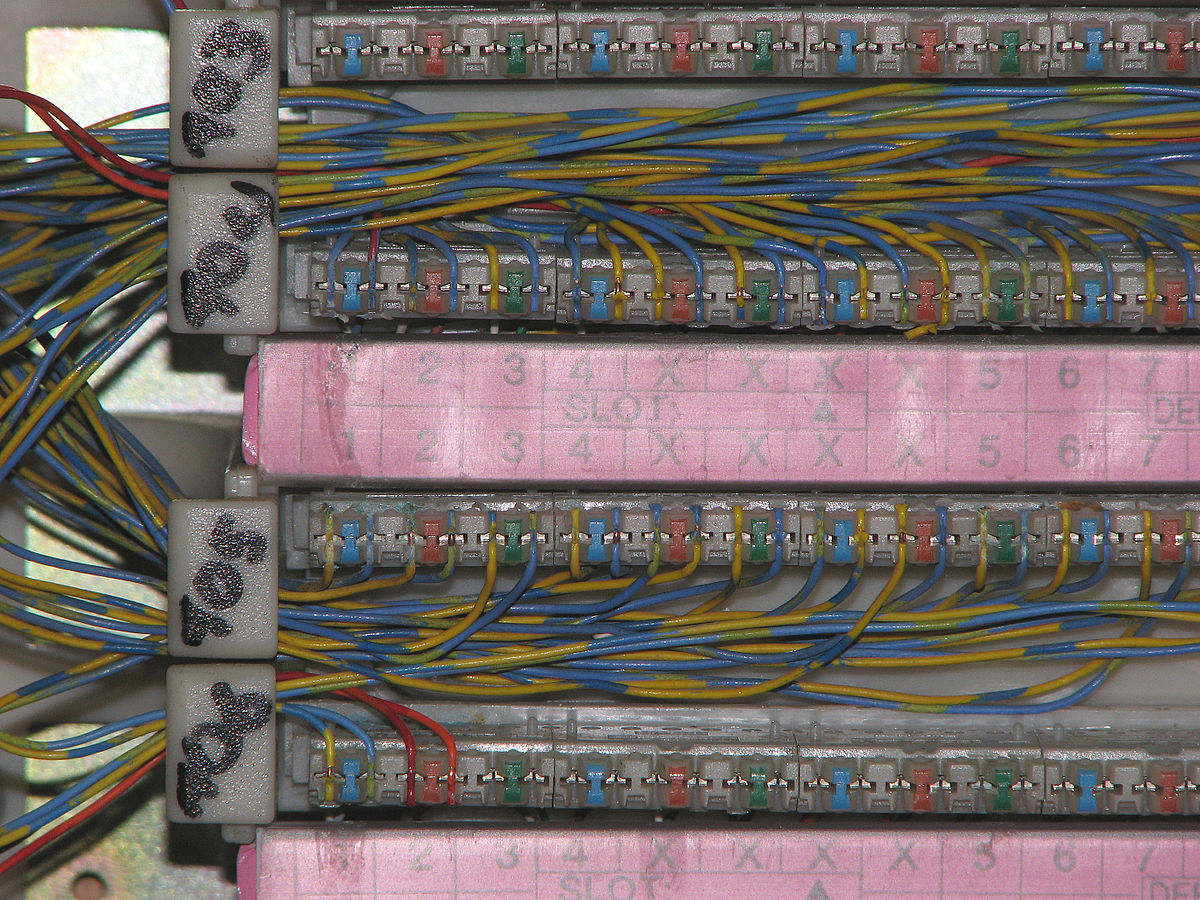drinkingbird
Part of the Furniture
I am happy with the Altex Electronics CAT6 patch cable so I am going to buy a few more short ones.
Local PC shop, are they making their own cables or buying them wholesale? If their own, do they have flukes for full testing? If wholesale, they're basically just Monoprice cables. Next batch may or may not be as good as the ones you got before.
There are basically 3 manufacturers of cables
-The one that supplies 90% of the cables out there like Monoprice, Amazon Basics, Belkin, Best Buy, many others, as well as all the no-name brands out there. The purchaser can specify certain specs and pay more for higher quality, but none are individually tested and there will be bad ones from time to time. Yes there is actually more than one supplier but they're all basically the same thing, in the same region, employing the same ultra low wage workers and using the same cheap cable and ends.
-The ones that make premium, individually swept cables for enterprise
-Yourself, if you make your own.






